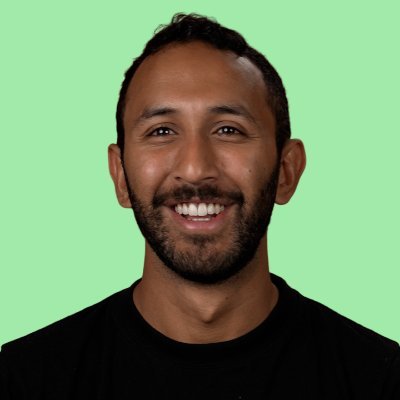
@will_lawrenceTO
Co-founder of - GenAI for financial crime, AML and BSA teams | Y Combinator S23 | Ex. @WhatsApp , @Paxos , @Metafordevs

@will_lawrenceTO
Co-founder of - GenAI for financial crime, AML and BSA teams | Y Combinator S23 | Ex. @WhatsApp , @Paxos , @Metafordevs